Results 10,591 to 10,600 of 12094
Thread: Anandtech News
-
05-29-20, 12:03 PM #10591
Anandtech: Samsung Unveils Intel-based Galaxy Book S: Intel’s Lakefield Inbound
Samsung this morning is taking the wraps off of the long-awaited Intel (x86) version of the company’s popular ultraportable, always-connected laptop, the Galaxy Book S. First teased by Samsung late last year, the Intel-based version of the laptop is set to join their existing Qualcomm 8cx-based model, swapping out the Arm SoC for Intel’s latest foray into ultra-mobile processors, Lakefield. The Intel Galaxy Book S will be the first device to ship with Lakefield, putting the new processor to the test in seeing if Intel can match the kind of all-day battery life that the existing Galaxy Book S is known for.
As a quick refresher, for the last couple of years now we’ve been reporting on Intel’s forthcoming die stacked CPU, codenamed Lakefield. Officially called the “Intel Core processor with Intel Hybrid Technology”, Lakefield is a rather audacious chip for a company that’s been criticized for moving too slowly, as it integrates a number of first-time technologies for Intel as they look to deliver a cutting-edge x86-based chip that’s properly suited for the ultra-mobile market.
In terms of architecture, Lakefield is the first hybrid CPU from Intel, combining both the company’s Atom (Tremont) and Core (Sunny Cove) CPU cores on to a single die. This sort of big-little strategy has been a big part of Arm’s success in mobile devices, by offering separate high-performance and low-power cores to maximize efficiency without giving up on higher performance as well, and by incorporating it for their own designs it will mark a significant departure from Intel’s existing Atom-only offerings. At the same time, Lakefield is designed to be vastly more efficient than those earlier Atoms, with Intel aiming to get idle power consumption down to a couple of milliwatts, necessary to allow for devices that can be always-connected/always-on, and to breach the ultra-mobile market largely dominated by Qualcomm.
The other novel aspect of Lakefield is its construction. The chip is based on Intel’s Foveros technology, which is the company’s take on 3D die stacking using TSVs. In the case of Lakefield, Intel has spit up the chip into essentially 3 levels, stacked upon each other: a 14nm-built base I/O die that has features like USB an audio, a 10nm-built compute chiplet that has the CPU and GPU cores, and finally a DRAM layer connected using more traditional Package-on-Package technology. This strategy not only lets Intel split up the manufacturing of the chip across multiple process nodes – using cutting-edge 10nm for the compute while using a highly-tuned 14nm node for the base die – but it minimizes the overall footprint of the chip. Lakefield has a footprint of just 12mm x 12mm (and 1mm tall), making the package smaller than a dime.
This chip, in turn, will be making its debut in Samsung’s Galaxy Book S family. Samsung has been shipping a Qualcomm 8cx version of this laptop since earlier this year, using Qualcomm’s ultra-mobile chip to drive the always-connected laptop. Qualcomm has been a major proponent of always-on laptops, leveraging their years of expertise in modems and low-power operation in general from smartphones to apply it to laptops, and with a rated battery life of up to 25 hours, the current Qualcomm-based version of the Galaxy Book S has certainly lived up to those goals.
So with Lakefield intended to go head-to-head with the likes of Qualcomm’s 8cx, there’s no better place for Intel to start than the Galaxy Book S. But this also means that they’ll have a tough fight right out of the gate, as they’ll be going up against one of the better Arm-powered laptops on the market.Samsung Galaxy Book S Family Galaxy Book S (Intel) Galaxy Book S (Qualcomm) CPU Intel Core with Hybrid Technology
1x Sunny Cove (Core)
4x Tremont (Atom)Qualcomm Snapdragon 8cx
4x Kryo 495 Gold @ 2.84 GHz
4x Kryo 495 Silver @ 1.8 GHzGPU Intel UHD Graphics Adreno 680 Display 13.3 Inch, 1920×1080
Full HD TouchscreenMemory 8 GB LPDDR4X Storage 256/512 GB eUFS
+ microSD Card Slot256/512 GB
+ microSD Card SlotNetworking Wi-Fi 6 (802.11ax)
BT 5.0Wi-Fi 5 (802.11ac)
BT 5.0Modem Discrete LTE
Cat 16Integrated Qualcomm X20 LTE
Cat 18Battery 42 Wh Ports 2 x USB-C
1 x 3.5 mm (phono/mic)Dimensions (WxDxH) 305.2 x 203.2 x 11.8 mm Weight (Approx) 950g 960g Price (USD) N/A Starts at $999
Meanwhile, taking a look at the specifications, the Intel-based version of the Galaxy Book S is a spitting image of the Qualcomm version. Samsung appears to be using the same chassis here, so the 13.3-inch laptop retains the same dimensions as the current model, as well as the same two USB-C ports. The battery capacities are identical as well at 42 Wh, and I expect that the Intel model is also using the same 1080p LCD. Curiously though, the Intel model does end up being ever so lighter than the Qualcomm model – Samsung puts the former at 950g, 10g lighter than the 960g Qualcomm model.
As for RAM and storage, because RAM is part of the Lakefield package, Samsung is only offering a single 8GB configuration here. Unfortunately Samsung’s spec sheet doesn’t list memory frequencies, so we’ll have to wait and see what Intel has Lakefield’s memory clocked at. Meanwhile Samsung provides the storage, using 256GB or 512GB of their eUFS flash memory. To my knowledge this is the first x86 laptop to ship with eUFS, reflecting the mobile roots of the devices Intel is targeting with Lakefield. Further storage expansion is then available through a microSD card slot.
One specification that’s notably missing from Samsung’s announcement today is the expected battery life of the Intel-based model, and this is perhaps going to be the most interesting aspect of Lakefield. Intel has worked very hard to get their idle power consumption down to be able to match what Qualcomm has achieved with the 8cx, with the company claiming that Lakefield draws just 2mW at idle. At the same time, however, Lakefield lacks an integrated modem, and as a result Samsung is relying on an unknown Cat 16 external modem here. So in the battle of the Galaxy Books, Qualcomm will have the advantage in regards to requiring fewer chips.
As for other wireless connectivity, the new Intel model will ship with a 2x2 Wi-Fi 6 radio, giving it an edge there over the Qualcomm model with Wi-Fi 5. And both models ship with Bluetooth 5.0 support.
Rounding out the package, the Intel-based Galaxy Book S has a 720p webcam, a built-in microphone as well as Dolby Atmos-badged stereo speakers co-designed with AKG. The laptop also has a Windows Hello-compatible fingerprint reader.
Wrapping things up, with Samsung finally unveiling the full specifications of the Intel-based Galaxy Book S, this is a strong sign that the laptop and Intel’s Lakefield processors should be available soon. While Intel has yet to formally launch the processors, Lakefield’s been expected as a mid-2020 part for some time now, so given this, Lakefield’s launch should be imminent. The precise details of which Samsung seems to be leaving to Intel; at least for the moment, Samsung is not announcing specific availability dates or pricing. Though if it’s at parity with the Qualcomm-based model, then expect the Intel-based Galaxy Book S to start at $999.
More...
-
05-29-20, 07:43 PM #10592
Anandtech: Biostar's Two New H410 Motherboards: H410MHG and H410MH
Not only did Intel unveil its Z490 motherboard chipset for Intel's 10th generation desktop processors, but it also announced its more budget-friendly chipsets. Biostar has announced two new micro-ATX H410 models, the H410MHG, and the H410MH, aimed at the low cost and high volume market. Both with simplistic designs and budget-friendly controller sets, both models include Realtek Gigabit networking, Realtek ALC887 HD audio codecs, as well as four SATA ports and a single PCIe 3.0 x4 M.2 slot.
Starting with the higher-specification of the two new H410 models from Biostar, the H410MHG includes TPM technology which adds hardware-based security functionality designed for cryptographic operations. In regards to PCIe, it consists of a single full-length PCIe 3.0 x16 slot, two PCIe 3.0 x1 slots, and a single PCI slot. There are four straight-angled SATA ports below the 24-pin 12 V ATX motherboard power input, while a single 8-pin 12 V ATX input provides power to the CPU. On the rear panel is two USB 3.2 G1 Type-A, and four USB 2.0 ports, with an HDMI, DVI-D and VGA port allowing users to use Intel's integrated UHD graphics. A COM port, a PS/2 mouse and PS/2 keyboard port are also present for users looking to use legacy peripherals. For cooling, the H410MHG also has three 4-pin fan headers, one for a CPU fan, and two for chassis fans.
The Biostar H410MH has a single full-length PCIe 3.0 x16 slot, and two PCIe 3.0 x1 slots, with four SATA straight-angled SATA ports, and offers a slightly lighter rear IO panel. It includes separate PS/2 keyboard and mouse ports, two USB 3.2 G1 Type-A, four USB 2.0 ports, and two video outputs consisting of HDMI and VGA. For the cooling, it has just two 4-pin headers with one dedicated for a CPU fan, and the other for a chassis fan.
Shared across both models includes the memory and networking support, with a Realtek RTL811H Gigabit Ethernet controller, and two memory slots with support for up to 64 GB of DDR4-2933 memory. The H410MHG and H410MH also feature a Realtek ALC887 HD audio codec which provides three 3.5 mm audio jacks on the rear panel, as well as a single PCIe 3.0 x4 M.2 slot with support for both NVMe and SATA drives.
Although Biostar hasn't announced pricing or availability for the H410MHG and H410MH models, likely, they won't be too expensive. Designed more for cost-focused users looking for a foundation while leveraging the power of Intel's 10th generation processors, both of these micro-ATX H410 models include access to the Biostar VIP Care portal for additional support from Biostar.
Related Reading- The ASRock Z490 Taichi Motherboard Review: Punching LGA1200 Into Life
- AMD's B550 Motherboards Start Appearing Online
- New Q470E and H420E Embedded Motherboards From ASRock
- Intel Z490 Motherboards Available For Pre-Order: From $150 to $1299
- The Intel Z490 Overview: 44+ Motherboards Examined
More...
-
05-30-20, 08:35 AM #10593
Anandtech: Intel to Discontinue Core i9-9900K Special Dodecahedron Packaging
One of the interesting elements of this profession is dealing with how the processor companies have changed their attitudes towards marketing their products over the past couple of decades. After years of bland boxing and sub-standard coolers, there have been recent efforts to produce something eye-catching to users casually browsing shelves, especially in an effort to draw attention to the high-end products. While ultimately the packaging has little-to-no value after unboxing the product, beyond perhaps the background in a gaming stream, it does mark a change in attitudes, especially when product packaging can accelerate the hype around a product.
One of the recent product packaging efforts from Intel was the dodecahedral packaging for its halo desktop product, the Core i9-9900K. While AMD has focused special packaging for high-end desktop, Intel it seems prefers to point it into the desktop product line. This packaging is a transparent blue dodecahedron, with the CPU at the center. No cooler is bundled, and the packaging is large for the processor, but it certainly made it stand out.
Intel launched Comet Lake a couple of weeks ago, its 10th generation Core product, with the flagship i9-10900K sitting at the top of the stack. As the Core i9-9900K no longer sits in that top spot, Intel has decided to discontinue versions of the 9900K in its special packaging. Specifically, retailers have until June 26th to order these processor versions, and the last shipment will be on July 10th. This is a very quick discontinuance procedure, however the non-special retail version will still be available.
At some point in this market, we are going to get a product with iconic packaging. One could argue if the packaging makes the product interesting at all – given how users tend to focus on a specific processor for their build, is spending potentially slightly more for the fancy box ever justified? You may think that this news post is somewhat arbitrary, talking about packaging discontinuance, but it perhaps yields a bigger question in the processor market – does packaging matter? Or the contents – a message from the CEO on a special anniversary edition, or the signature on the heatspreader?
Related Reading- The Intel Core i9-9900KS Review: The 5 GHz Consumer Special
- AMD Ryzen Threadripper 1950X and 1920X: We’re Allowed To Show Pictures Now
- The AMD Threadripper 2 Teaser: Pre-Orders Start Today, Up to 32 Cores
- Arm Development For The Office: Unboxing an Ampere eMag Workstation
- Huawei Mate 9 Porsche Design Unboxing and Hands On Benchmarks
More...
-
06-01-20, 08:23 AM #10594
Anandtech: Russia’s Elbrus 8CB Microarchitecture: 8-core VLIW on TSMC 28nm
All of the world’s major superpowers have a vested interest in building their own custom silicon processors. The vital ingredient to this allows the superpower to wean itself off of US-based processors, guarantee there are no supplemental backdoors, and if needed add their own. As we have seen with China, custom chip designs, x86-based joint ventures, or Arm derivatives seem to be the order of the day. So in comes Russia, with its custom Elbrus VLIW design that seems to have its roots in SPARC.
More...
-
06-01-20, 02:45 PM #10595
Anandtech: Microchip’s New PCIe 4.0 PCIe Switches: 100 lanes, 174 GBps
There are multiple reasons to need a PCIe switch. These can include expanding PCIe connectivity to more devices than the CPU is capable, to extend a PCIe fabric across multiple hosts, to generate failover support, or to increase device-to-device communication bandwidth in limited scenarios. With the advent of PCIe 4.0 processors and devices such as graphics, SSDs and FPGAs, an upgrade from the range of PCIe 3.0 switches to PCIe 4.0 was needed. Microchip has recently announced its new Switchtec PAX line of PCIe Switches, offering up to 100 lane variants supporting 52 devices and 174 GBps switching capabilities.
For readers not embedded in the enterprise world, you may remember in the past we have had a number of PCIe switches enter the consumer market. Initially we saw devices like the nF200 appear on high-end motherboards like the EVGA SR2, and then the PLX PEX switches on Z77 motherboards allowing 16-lane CPUs to offer 32 lanes of connectivity. Some vendors even went a bit overboard, offering dual switches and up to 22 SATA ports with an add-in LSI Raid controller with four-way SLI connectivity, all through a 16-lane CPU.
Recently, we haven’t seen much consumer use of these big PCIe switches. This is due to a couple of main factors – PLX was acquired by Avago in 2014 in a deal that valued the company at $300m, and seemingly overnight the cost of these switches increased three-fold according to my sources at the time, making them unpalatable for consumer use. The next generation of PEX 9000 switches were, by contrast to the PEX 8000 we saw in the consumer space, feature laden with switch-to-switch fabric connectivity and failover support. Avago then purchased Broadcom, and renamed themselves Broadcom, but the situation is still the same, with the switches focused in the server space and making the market ripe for competition. Enter Microchip.
Microchip has been on my radar for a while, and I met with them at Supercomputing 2019. At the time, when asked about PCIe 4.0 switches, I was told ‘soon’. The new Switchtec PAX switches are that line.
There will be six products, varying from 28-lane to 100-lane support, and bifurcation down to x1. These switches operate in an all-to-all capacity, meaning any lane can be upstream or downstream supported. Thus if a customer wanted a 1-to-99 conversion, despite the potential bottleneck, it would be possible. The new switches support hot-plug per-port, operate low-power Serdes connections, support OCuLink, and can be used with passive, managed, or optical cabling.
Customers for these switches will have access to real-time diagnostics for signaling, as well as fabric management software for the end-point systems. The all-to-all connectivity supports partial chip failure and bypass, along with partial reset features. This makes building a fabric across multiple hosts and devices fairly straightforward, with a variety of topologies supported.
When asked, pricing was given, which means it will depend on the customer and volume. We can imagine a vendor like Dell or Supermicro if they haven’t got fixed contracts with Broadcom switches to perhaps look into these solutions for distributed implementations or storage devices. Some of the second/third tier server vendors I spoke to at Computex were only just deploying PEX 9000-series switches, so perhaps deployment of Gen 4 switches might be more of a 2021/2022 target.
Those interested in Microchip are advised to content their local representative.
Users looking for a PCIe switch enabled consumer motherboard should look at Supermicro’s new Z490 motherboards. Both are using PEX 8747 chips to expand the PCIe offering on Intel’s Comet Lake from 16 lanes to 32 lanes.
Source: Microchip
Related Reading- Microsemi Announces PCIe 4.0 Switches And NVMe SSD Controller
- ASMedia Preps ASM2824 PCIe 3.0 Switch
- Avago Announces PLX PEX9700 Series PCIe Switches: Focusing on Data Center and Racks
- Supermicro C9Z490-PGW and X9Z490-PG Motherboard Examined
- The Supermicro C9Z390-PGW Motherboard Review: The Z390 Board With PLX and 10GbE
- The ASRock X99 Extreme11 Review: Eighteen SATA Ports with Haswell-E
- ASUS P9X79-E WS Review: Xeon meets PLX for 7x
- MSI Z87 XPower Review: Our First Z87 with PLX8747
- Four Multi-GPU Z77 Boards from $280-$350 - PLX PEX 8747 featuring Gigabyte, ASRock, ECS and EVGA
Gallery: Microchip’s New PCIe 4.0 PCIe Switches: 100 lanes, 174 GBps


More...
-
06-01-20, 02:45 PM #10596
Anandtech: ASML’s First Multi-Beam Inspection Tool for 5nm
ASML has announced it has made a significant development in its multi-beam inspectional tool line. The new eScan1000 moves a single beam scanning process into a nine-beam scanning process, which ASML claims increases the throughput of such tools by up to 600% for in-line defect inspection applications. This tool is suitable for all major process nodes in current production as well as 5nm and beyond.
More...
-
06-03-20, 05:56 PM #10597
Anandtech: MSI MPG Z490 Carbon EK X: LGA1200 Motherboard with an EKWB Monoblock
In one of the coolest collaborations of the year so far, MSI and EK Water Blocks have come together to create a new Z490 motherboard, the MSI MPG Z490 Carbon EK X. It is armed with an EKWB CPU block with integrated RGB LEDs which also provides cooling to the power delivery, it includes a 12+1 VRM design, with two PCIe 3.0 x4 M.2 slots, Realtek 2.5 G Ethernet, and an Intel AX201 Wi-Fi 6.
One of the most important aspects to consider when buying Intel's Comet Lake 10th generation processors is cooling. The Core i9-10900K is a hot CPU, even at stock, and with the performance gained via Intel's Thermal Velocity Boost, performance cooling is more important than it ever has. There are only a handful of Z490 models that include water blocks, and they aren't cheap. The ASRock Z490 Aqua is $1100, while the GIGABYTE Z490 Aorus Xtreme WaterForce is $1299. This model is expected to retail for $400.
Enter the MSI MPG Z490 Carbon EK X, which looks to offer the benefits of custom water cooling on Intel's hot running 10th generation desktop processors, but with a much more wallet-friendly cost. Its most significant selling point is the EKWB custom monoblock which cools both the CPU and the 12+1 phase power delivery. The integrated RGB LEDs in the monoblock can be controlled with MSI's Mystic Light software. There are three full-length slots which can operate at x16/x0/x+4 or x8/x8/x+4, with two PCIe 3.0 x1 slots too.
The four memory slots can support up to DDR4-4800 with a maximum capacity of up to 128 GB, while two PCIe 3.0 x4 M.2 and six SATA ports make up the board's storage capability. The design is based on its natural carbon inspired theme with black carbon patterning across the rear panel and sections of the monoblock, as well as the PCIe armor and chipset heatsink.
There is also a range of connectors including a USB 3.2 G2 20 Gbps Type-C, four USB 3.2 G2 Type-A, and two USB 2.0 ports on the rear panel. For users looking to use Intel's UHD integrated graphics, MSI has included a DisplayPort 1.4 and HDMI pair of video outputs, while a PS/2 combo caters to users with legacy peripherals. For networking the Z490 Carbon EK X is using a Realtek RTL8125B 2.5 G Ethernet controller, while an Intel AX201 Wi-Fi 6 adds support for BT 5.1 devices. In regards to internal connectors, MSI includes a single USB 3.2 G2 Type-C header, one USB 3.2 G1 Type-A header which supports two ports, and two USB 2.0 headers which support up to four ports.
The MSI MPG Z490 Carbon EK X has an MSRP of $400, which is very reasonable for all of the board's features, including the custom EKWB monoblock which cools the processor and power delivery components. So far this is the third Z490 model to include a monoblock by default and costs a third of what GIGABYTE are charging for its flagship Z490 Aorus Xtreme WaterForce model. It's not as high-end, but the Z490 Carbon EK X offers a more affordable entry point into the custom water cooling market with the Carbon EK X, and it looks good too.
Related Reading- The Intel Comet Lake Core i9-10900K, i7-10700K, i5-10600K CPU Review: Skylake We Go Again
- The ASRock Z490 Taichi Motherboard Review: Punching LGA1200 Into Life
- MSI Unveils MEG Z490 Unify Series: Unassuming Style
- The ASRock Z490 Aqua: Thunderbolt 3, PCIe 4.0 Ready, Water Cooled
- The Intel Z490 Overview: 44+ Motherboards Examined
More...
-
06-03-20, 05:56 PM #10598
Anandtech: The Microsoft Surface Book 3 (15-Inch) Review: A Refreshing Dip Into Ice L
The PC industry has introduced some remarkably exciting designs over the last five years or so. Some of those designs, such as the thin-bezel laptop, have been adopted by almost all players in the industry. Microsoft has certainly been an innovator in the space as well, and the Surface Pro series has become the baseline for an entire category that did not exist in any volume before their launch. But almost certainly, one of the quirkiest designs was the Surface Book. First launched in 2015, and then succeeded by the Surface Book 2 in 2017, Microsoft is now releasing the third generation of their most powerful notebook computer.
More...
-
06-04-20, 10:51 AM #10599
Anandtech: Airy3D's DepthIQ: A Cheap Camera Depth Sensing Solution
Over the last few years, we’ve seen a lot of new technologies in the mobile market trying to address the problem of attempting to gather depth information with a camera system. There’s been various solutions by different companies, ranging from IR dot-projectors and IR cameras (structured light), stereoscopic camera systems, to the latest more modern time-of-flight special dedicated sensors. One big issue of these various implementations has been the fact that they’re all using quite exotic hardware solutions that can significantly increase the bill of materials of a device, as well as influence its industrial design choices.
Airy3D is a smaller new company that has been to date only active on the software front, providing various imaging solutions to the market. The company is now ready to transition to a hybrid business model, describing themselves as a hardware-enabled software company.
The company’s main product to fame right now is the “DepthIQ” platform – a hardware-software solution that promises to enable high-quality depth sensing to single cameras at a much cheaper cost than any other alternative.
At the heart of Airy3D’s innovation is an added piece of hardware to existing sensors in the market, called a transmissive diffraction mask, or TDM. This TDM is an added transmissive layer manufactured on top of the sensor, shaped with a specific profile pattern, that is able to encode the phase and direction of light that is then captured by the sensor.
The TDM in essence creates a diffraction pattern (Talbot effect) onto the resulting picture, that differs based on the distance of a captured object. The neat thing that Airy3D is able to do here, is employ advanced software algorithms that are able to decode this pattern, and transform the raw 2D image capture into a 3D depth map as well as a 2D image with the diffraction pattern compensated out.
Airy3D’s role in the manufacturing chain of a DepthIQ enabled camera module is designing the TDM grating which they then license out and cooperate with sensor manufacturers, who then integrate it into their sensors during production. In essence, the company would be partnering with any of the big sensor vendors such as Sony Semiconductor, Samsung LSI or Omnivision in order to produce a complete solution.
I was curious whether the company had any limits in terms of the resolution the TDM can be manufactured at, since many of today’s camera sensors employ 0.8µm pixel pitches and we’re even starting to see 0.7µm sensors coming to market. The company sees no issues in scaling the TDM grating down to 0.5µm – so there’s still a ton of leeway for future sensor generations for years to come.
Adding a transmissive layer on top of the sensor naturally doesn’t come for free, and there is a loss in sharpness. The company is quoting MTF sharpness reductions of around 3.5%, as well as a reduction of the sensitivity of the sensor due to TDM, in the range of 3-5% across the spectral range.
The company shared with us some samples of a camera system using the same sensor, once without the TDM, and once with the TDM employed. Both pictures are using the exact same exposure and ISO settings. In terms of sharpness, I wouldn’t say there’s major immediately noticeable differences, but we do see that the darker image with the TDM employed, a result of the reduced QE efficiency of the sensor.
The software processing is said to be comparatively light-weight compared to other depth-sensor solutions, and can be done on a CPU, GPU, DSP or even small FPGA.
The resulting depth discernation the solution is able to achieve from a single image capture is quite astounding – and there’s essentially no limit to the resolution that can be achieved as it scales with the sensor resolution.
More complex depth sensing solutions can add anywhere from $15 to $30 to the BOM of a device. Airy3D sees this technology to see the biggest adoption in the low- and mid-range, as usually the higher end is able to absorb the cost of other solutions, as also unlikely to be willing to make the make any sacrifice in image quality on the main camera sensors. A cheaper device for example would be able to have depth-sensing face ID unlocking with just a simple front camera sensor, which would represent notable cost savings.
Airy3D says they have customers lined up for the technology, and see a lot of potential for it in the future. It’s an extremely interesting way to achieve depth sensing given it’s a passive hardware solution that integrates into an existing camera sensor.
More...
-
06-04-20, 10:51 AM #10600
Anandtech: Corsair Issues Recall for Recent SF Series Power Supplies
Following an unexpected uptick in RMA requests, Corsair has initiated a limited recall for some of the manufacturer’s SF series of small form factor PSUs. The SFX power supplies, which were most recently revised in 2018 with the introduction of the SF Platinum series, have quickly become some of the most popular SFX power supplies on the market due to their high quality as well as Corsair’s reputation for support. The latter of which, as it turns out, is getting put to the test, as the company has discovered an issue in a recent run of the PSUs.
As noted by the crew over at Tom’s Hardware, Corsair has posted a notice to its forums alerting users of the recall. According to the company, an investigation of RMA’d PSUs has turned up an issue with PSUs made in the last several months. When in an environment with both “high temperatures, and high humidity”, the PSUs can unexpectedly fail. The fault is apparently a highly variable one – Corsair’s notice reports units failing both out of the box and later on – but thankfully seems to be relatively benign overall, as the problem is on the AC side of the transformer, well before any power is fed to PC components.
Ultimately, while it’s not an issue that Corsair believes will impact every SF series PSU, it’s enough of an issue issue that the company has initiated a voluntary recall/replacement program for swapping out the affected PSUs. According to the company, the issue is only present in PSUs manufactured within the last several months – from October of 2019 to March of 2020 – with lot codes 194448xx to 201148xx. PSUs manufactured before that window are unaffected, as are PSUs manufactured afterwards. The lot codes can be found on the PSU’s packaging, or if you’re like a certain editor-in-chief who has thrown out their box, it can be found on the PSU sticker itself.
Meanwhile, it’s worth noting that as part of the recall program, Corsair is offering to ship out replacement PSUs in advance. And of course, shipping costs in both directions are being picked up by Corsair.
All told, it's extremely rare to see a recall notice put out for power supplies, and particularly high-end units like Corsair's SF series. Which, if nothing else, makes it a notable event.
The full details on the program, including how to identify affected PSUs, can be found on Corsair’s forums. Affected users can then file a ticket for an advance RMA over on Corsair’s support website.
More...
Thread Information
Users Browsing this Thread
There are currently 12 users browsing this thread. (0 members and 12 guests)




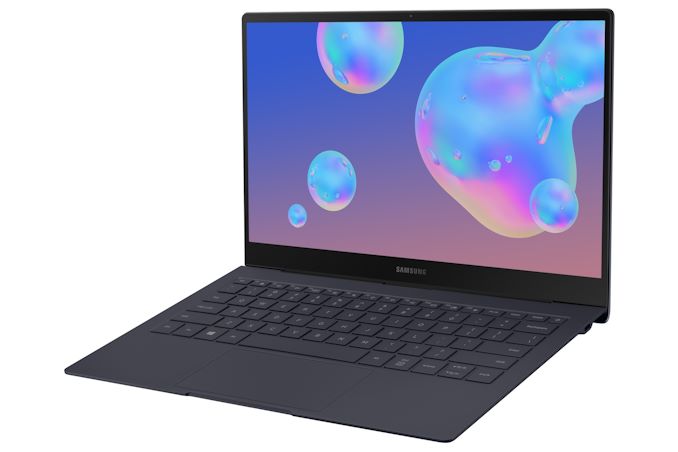
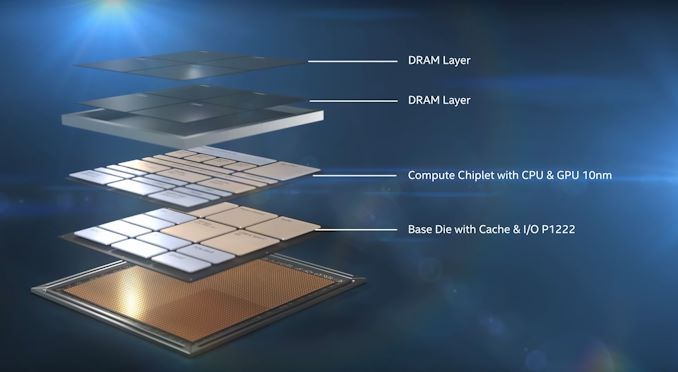
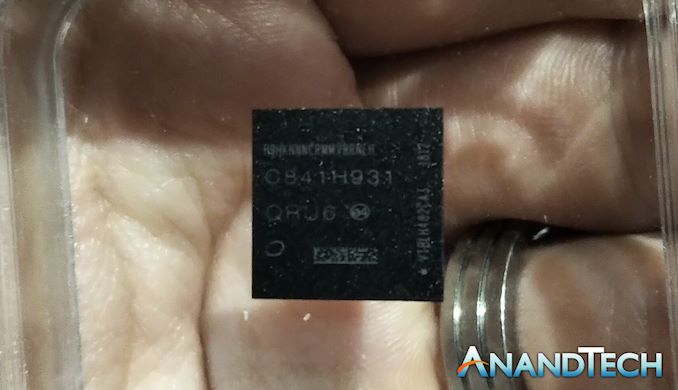
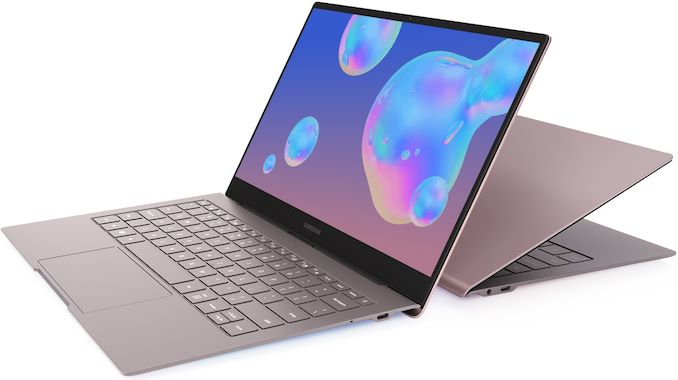


 Quote
Quote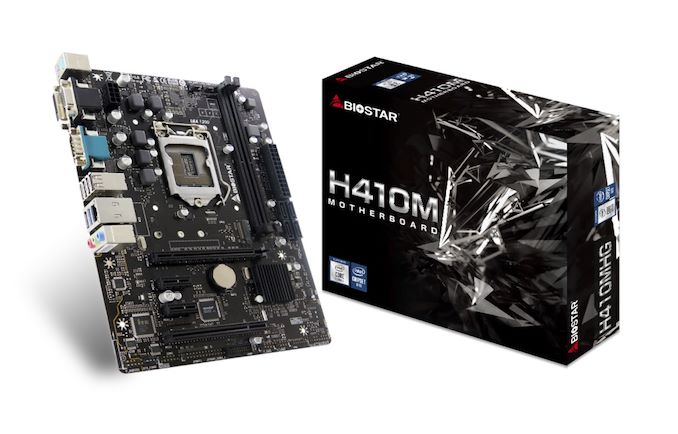
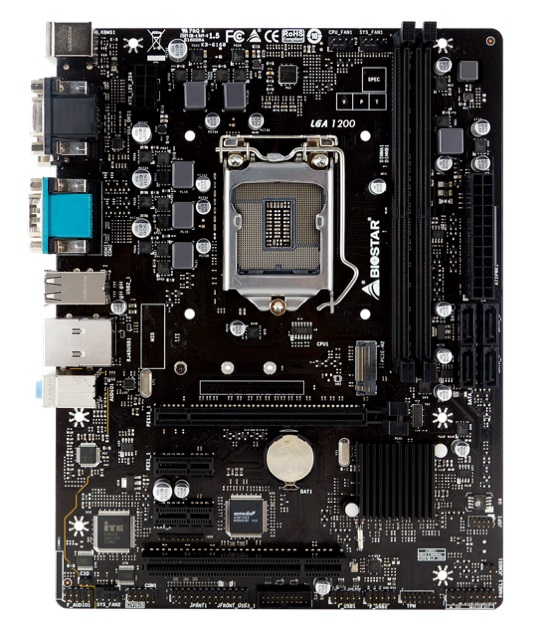
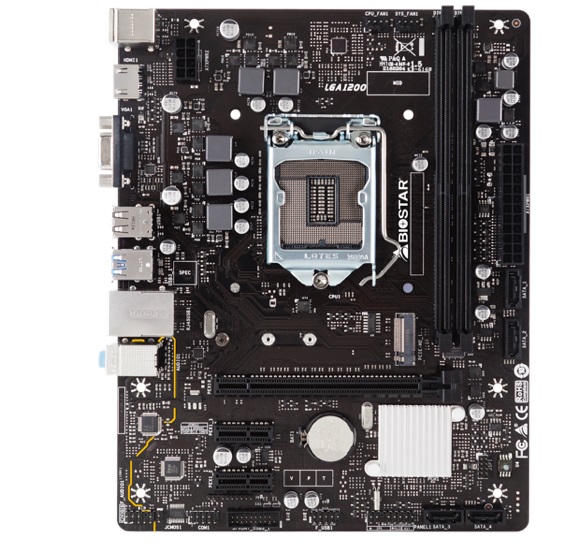
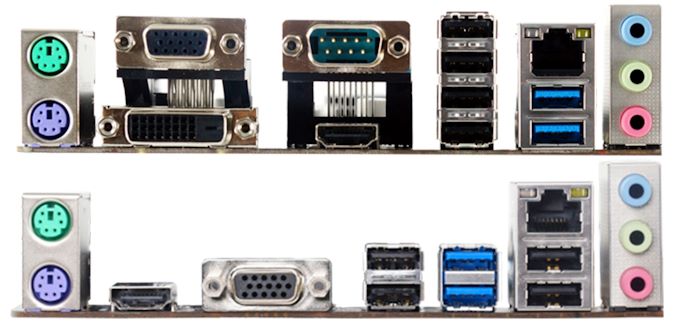
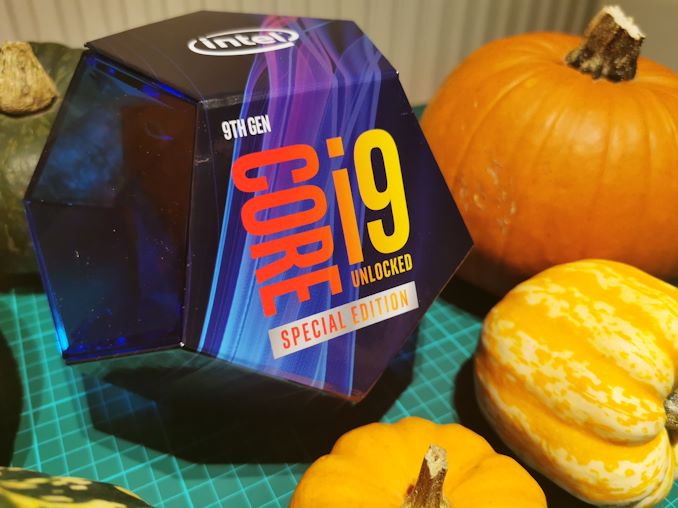
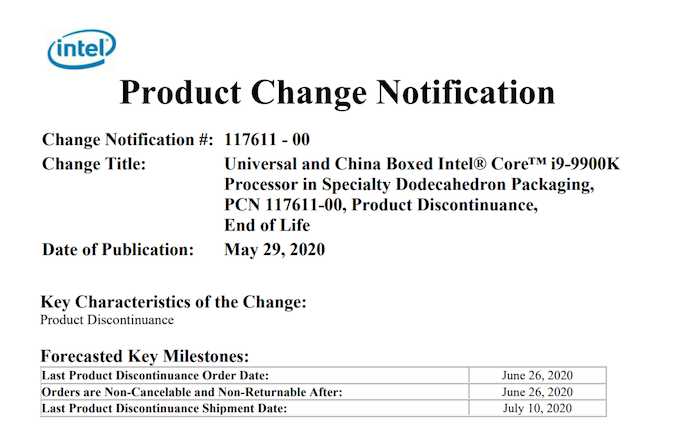
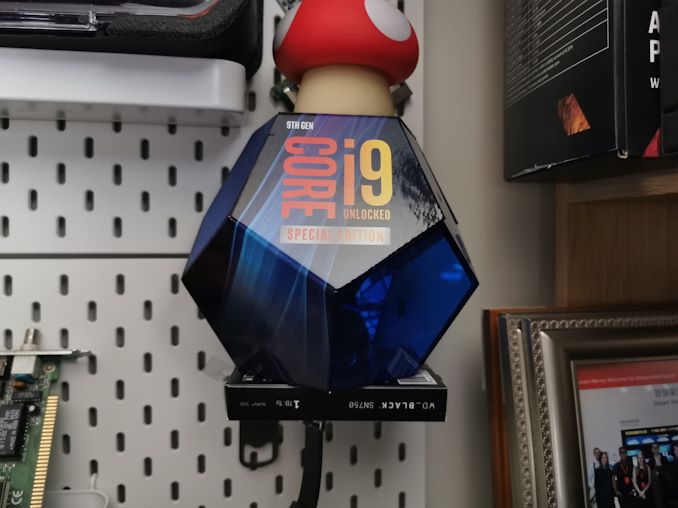
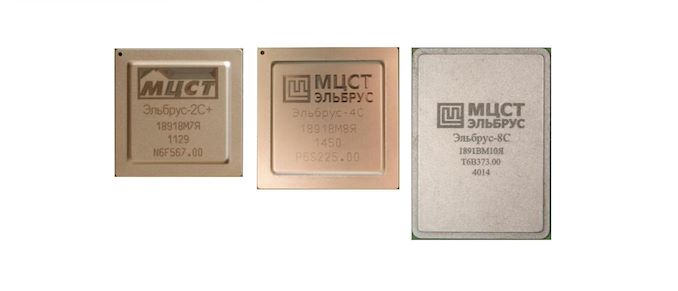
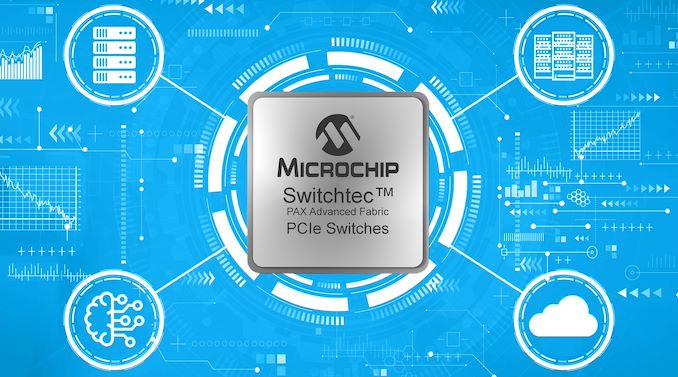
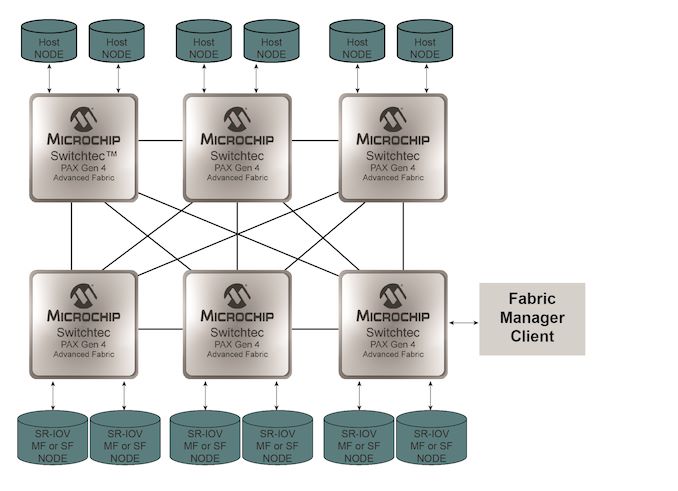

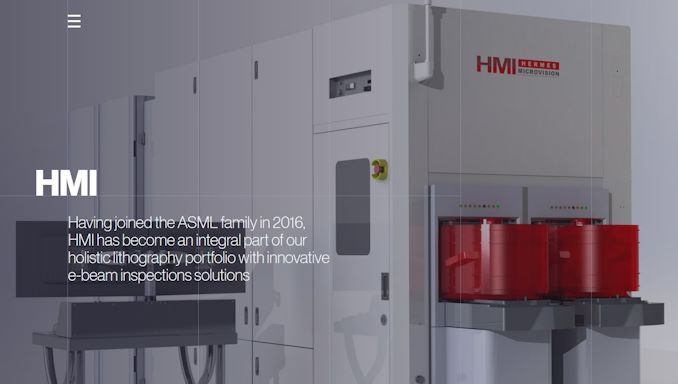
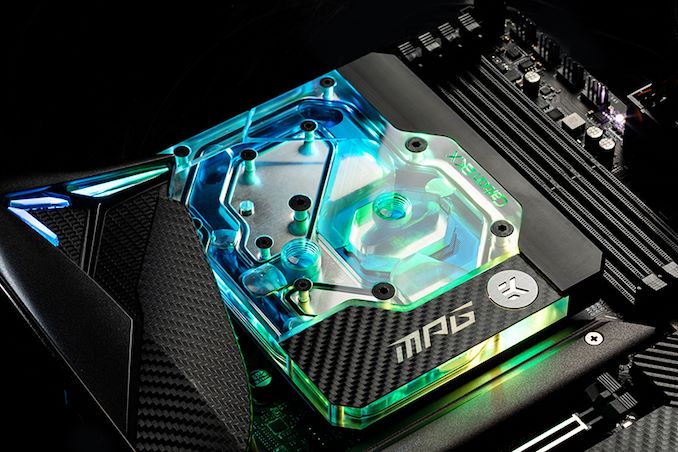
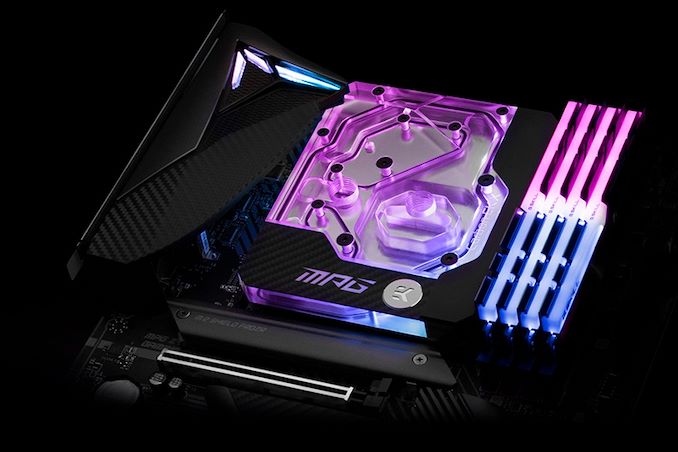
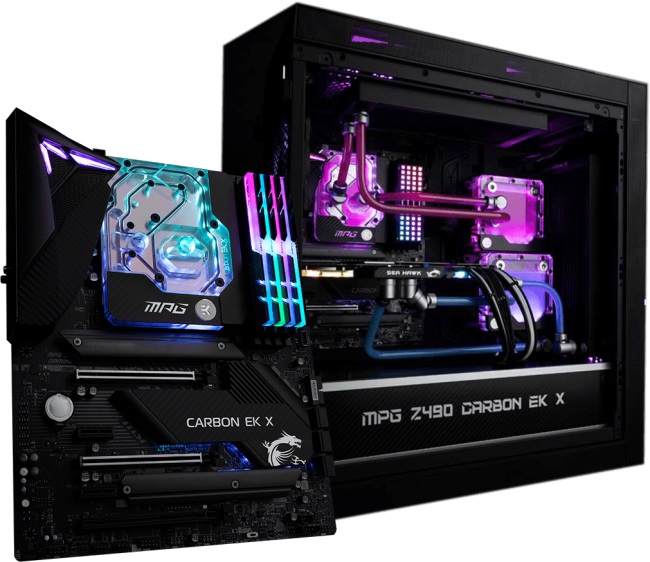

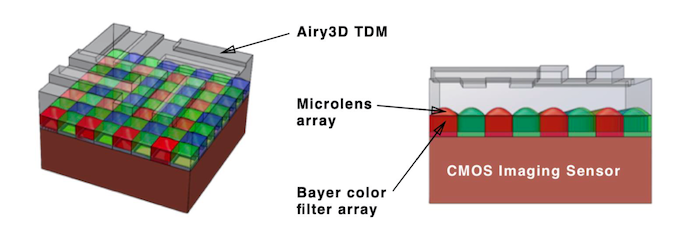
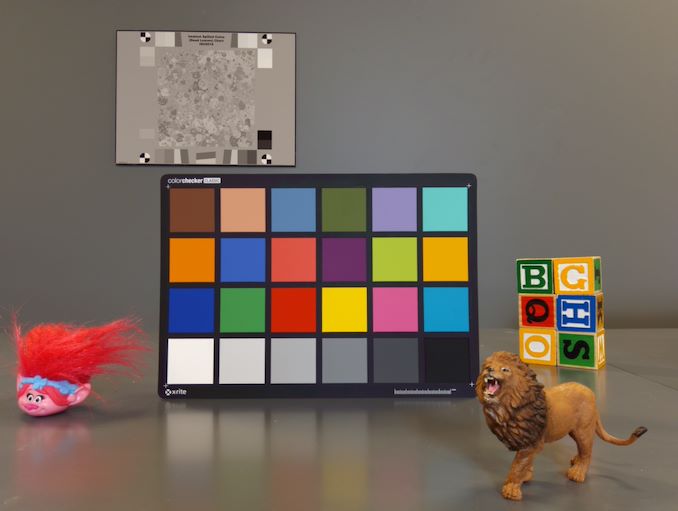



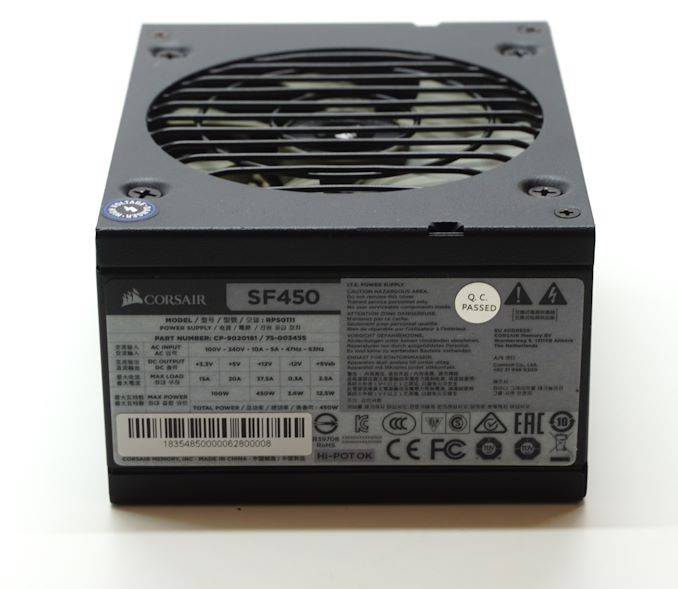
















Bookmarks